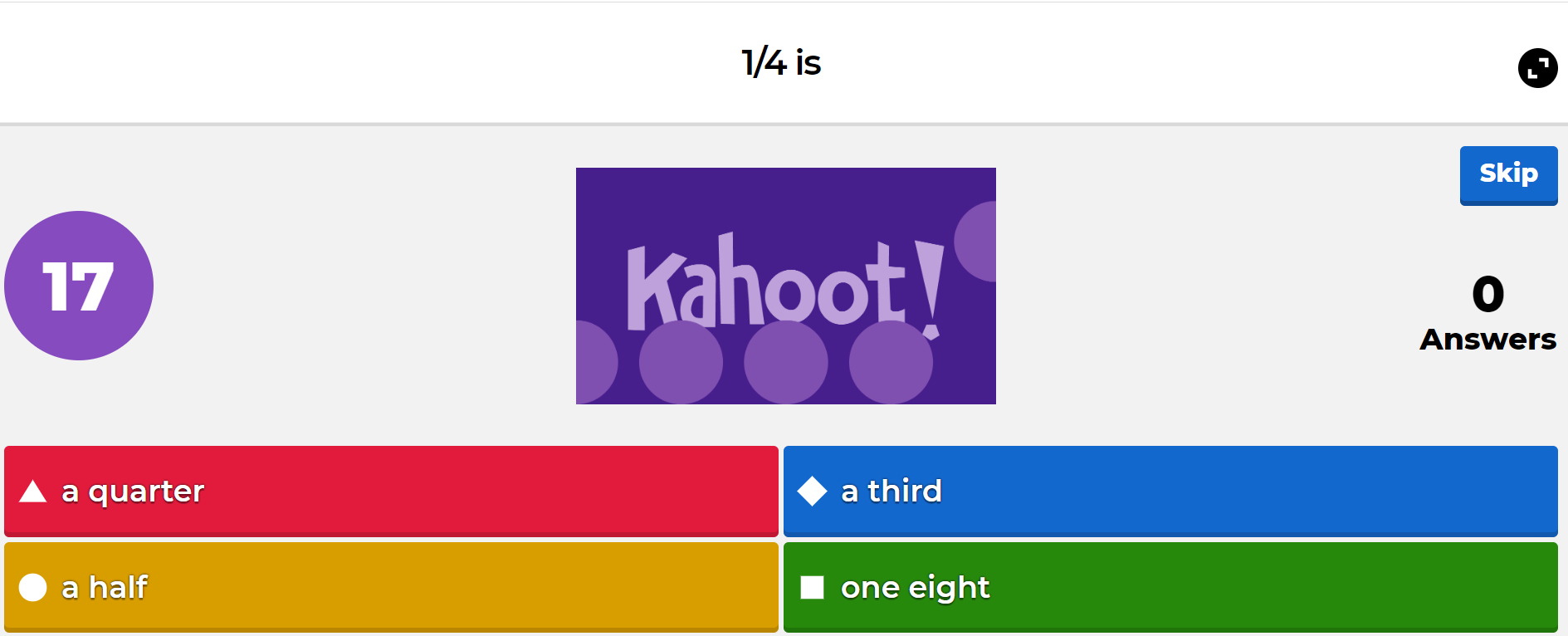In the previous articles, we discussed how to teach IELTS Writing and Reading online. Below, I’ll share how I teach IELTS Listening section.
Let’s firstly review the structure of the test.
Students have to listen to several audio tracks and answer several questions. The Listening part lasts for about 30 minutes and 10 minutes are given to transfer the answers into the answer sheet. There are 4 audio tracks and each one is played only once. The first two audios are a conversation and a monologue on general topics. The third and fourth are more academic and there’s also one monologue and one conversation. The audios are recorded by native speakers and/or people with different accents and speed of speech. Students have to concentrate, listen to the necessary information and make notes. Students have 20 seconds to go through the questions before the listening task.
The framework for the Listening lesson is basically the same as for the Reading lesson.
Let’s have a look at the topic “Food” and the following task types: Completing notes, tables and flowcharts, Matching information.
We start with the vocabulary work. On the whiteboard, I open the table with different groups (meat, vegetables, food, dairy products). Students have to type on the table as many words as they can. Then, we check and I provide the target words they didn’t mention and they have to group them too.

I clarify the difference between Countable and Uncountable nouns, then students have to label the written words.

Then I open a worksheet with different types of food and methods of cooking. Students draw lines (match) in turns.

Then, we practise equivalents in Kahoot. As in the IELTS exam the information in question can be said in different words in the audio, so students need to practise this too. I prepare a quiz in Kahoot. There’s a short question, e.g. 1/4 and several answers: a quarter, a half, a third, one eight. Students play the game and practise this vocabulary.

Then, we move to the exam task. Let’s have a look at Section two of the IELTS General Listening test. The same as with Reading, the teacher has to develop students’ both sub-skills and strategies.
Firstly, students have to listen and match the ingredients to the quantities (not all the quantities are mentioned). I assign one ingredient for each student so they listen for specific information. Then, we check.

Then, students will listen to a recipe, we discuss what information they expect to hear. Then, I open several pictures, they represent the steps of the recipe, but they’re mixed. Students have to listen and number. They do it on their own. Then, I divide them into pairs and they check. Then I ask students to number the pictures in turn, they can draw or type a number.
The next task will be a completion one. Students listen to the next recipe and have to complete the flow chart. Firstly, we predict what words might go in the gaps. Students can even type their ideas in Google document to compare later. Then, you listen and can either assign each step for different students to type the words or have them type in their Google Document to compare them with their predictions.

The next task is aimed at completing notes too. I send each note to all the students. They listen and type the missing words.
You might also give students some exam tips, for example:
- when they need to complete a flow chart with notes, it’s quite important to listen for words that indicate the order, e.g. “first”, “at the end”, etc.;
- students have to use the words from the recording, so they have to omit unimportant words such as “a” or “the”;
- students have to pay attention to the number of words they have to write;
- students should read the questions before listening to the recording;
- think what words they might hear, predict.






 Анна Тетерина
Анна Тетерина 
 Анастасия Юферева
Анастасия Юферева 


